Trump shares controversial maps of Canada as US territory
- Update Time : Thursday, January 9, 2025
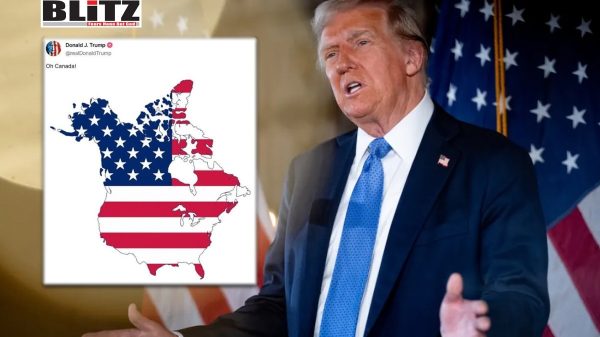
In a move that has stunned both American and Canadian political circles, US President-elect Donald Trump recently shared maps on his Truth Social platform depicting Canada as part of the United States. The provocative images, posted on January 7, have reignited debates about sovereignty and diplomacy. Trump’s controversial act follows repeated assertions that Canadians would be better off under US rule-a claim swiftly dismissed by Canadian officials.
Trump’s first post featured a map of the United States and Canada as a single nation, with the state border erased and the words “United States” superimposed on the merged entity. Shortly after, he posted another image showing both nations’ territories painted in the colors of the US flag, captioned “Oh Canada.” These posts came just hours after Canadian officials rejected his claims that absorbing Canada would benefit its citizens.
During a press conference on the same day, Trump doubled down on his stance, suggesting that the US could use “economic force” to achieve this vision. He threatened to impose harsh tariffs on Canadian goods if Ottawa resisted. “You get rid of that artificially-drawn line,” Trump said, “and you take a look at what that looks like. It would also be much better for national security.”
This statement aligns with Trump’s previous rhetoric, which often emphasizes economic leverage and national security. However, his remarks about erasing the border have drawn widespread criticism and raised concerns about the potential for escalating tensions between the two countries.
Canadian politicians were quick to denounce Trump’s statements. Outgoing Prime Minister Justin Trudeau took to social media to reaffirm Canada’s sovereignty. Writing on X (formerly Twitter), Trudeau declared, “There isn’t a snowball’s chance in hell that Canada would become part of the United States.”
Pierre Poilievre, leader of the opposition Conservative Party, echoed this sentiment, stating emphatically, “Canada will never be the 51st state.” Both leaders underscored the importance of Canadian identity and independence, rallying citizens to resist any such proposal.
Despite their rejection of Trump’s vision, Canadian politicians also emphasized the need to maintain strong bilateral relations with the US, especially as Canada enters its election season. Trudeau, whose popularity has waned in recent years, announced earlier this week that he would step down as prime minister and leader of the Liberal Party, adding another layer of complexity to the unfolding diplomatic drama.
The idea of annexing Canada is not new and has surfaced periodically throughout history. In the 19th century, certain factions in the United States advocated for the “Manifest Destiny” doctrine, which aimed to expand US territory across the continent. However, such ambitions never gained significant traction, and US-Canada relations evolved into one of the world’s most stable and mutually beneficial partnerships.
In modern times, the two nations have maintained strong economic ties, with Canada being one of the US’s largest trading partners. The North American Free Trade Agreement (NAFTA), now replaced by the United States-Mexico-Canada Agreement (USMCA), exemplifies the deep economic interdependence between the two countries. Trump’s recent comments, however, risk destabilizing this relationship and undermining decades of cooperation.
Trump’s posts quickly went viral, drawing a mixed reaction on social media. Supporters praised his bold vision and saw the proposal as a strategic move to bolster US influence and resources. Detractors, however, lambasted the posts as reckless and imperialistic, accusing Trump of jeopardizing international diplomacy for political gain.
Many Canadians expressed outrage, with hashtags like #HandsOffCanada and #TrumpBackOff trending across platforms. Critics pointed out that such a proposal disregards Canada’s rich cultural heritage, political autonomy, and strong democratic institutions.
Trump’s comments and the accompanying maps could strain the already complex relationship between the US and Canada. While the two nations have historically managed disputes through diplomacy and mutual respect, Trump’s approach introduces a new level of unpredictability. His threats of economic retaliation, including tariffs, may disrupt trade and hurt industries on both sides of the border.
Moreover, the proposal raises questions about the US’s commitment to respecting the sovereignty of its allies. If Trump’s rhetoric translates into policy, it could set a dangerous precedent and alienate other nations, undermining US credibility on the global stage.
Some analysts view Trump’s posts as a calculated political strategy aimed at rallying his base and diverting attention from domestic challenges. By presenting a bold and controversial vision, Trump reinforces his image as a leader unafraid to challenge the status quo. However, others see the move as a reckless provocation that risks long-term diplomatic fallout for short-term political gains.
As Canada prepares for its upcoming elections and the US transitions to Trump’s leadership, the future of bilateral relations remains uncertain. While Trump’s maps and statements have sparked widespread condemnation, they also highlight the need for both nations to engage in constructive dialogue and reaffirm their commitment to mutual respect and cooperation.
For now, Canada’s political leaders and citizens remain united in their rejection of Trump’s proposal, standing firm in defense of their sovereignty. Whether this controversy will have lasting effects on US-Canada relations or fade as a fleeting political stunt remains to be seen. One thing is clear: the debate over borders and national identity has once again taken center stage, reminding both nations of the delicate balance between partnership and independence.


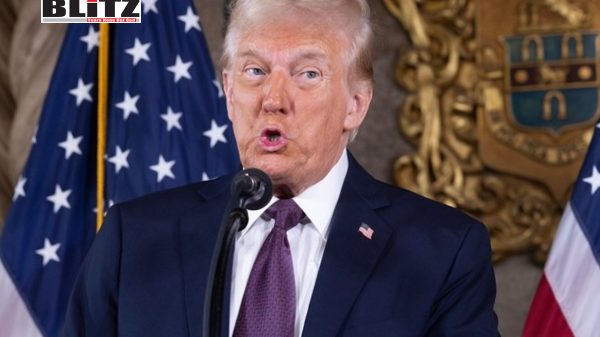
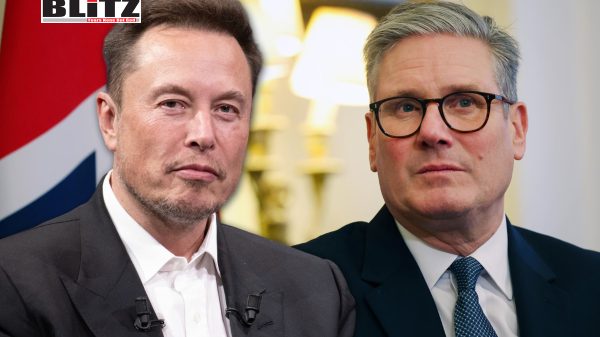



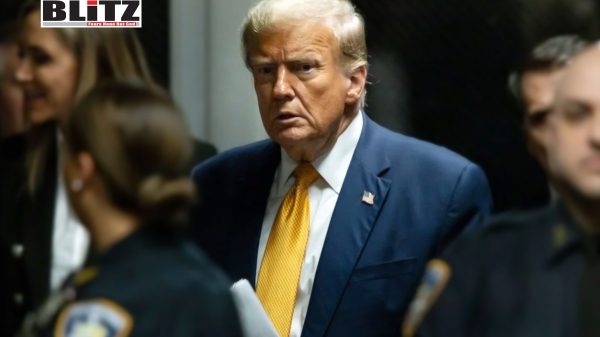



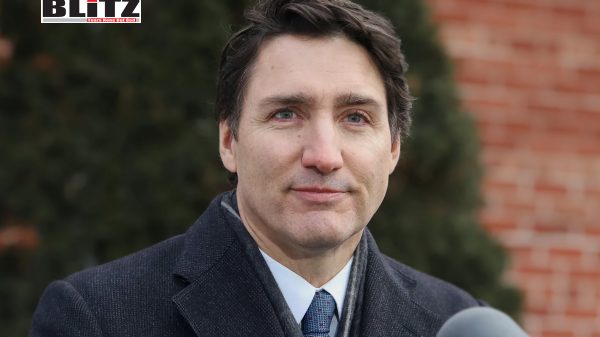
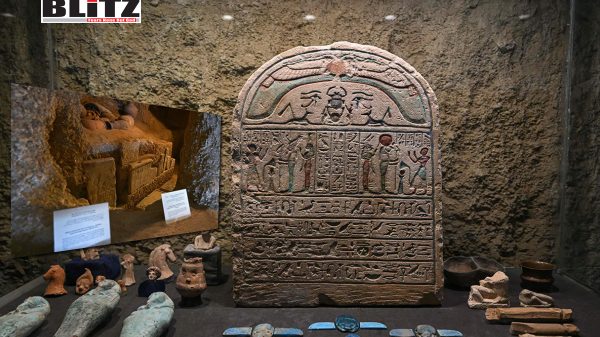

Leave a Reply